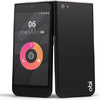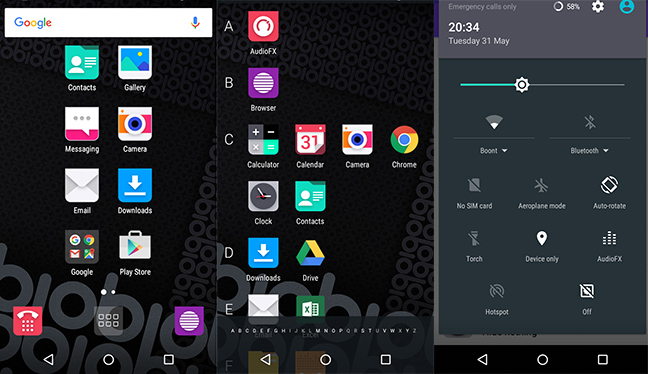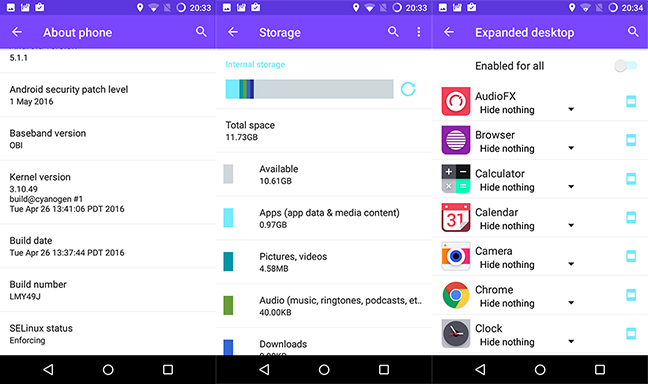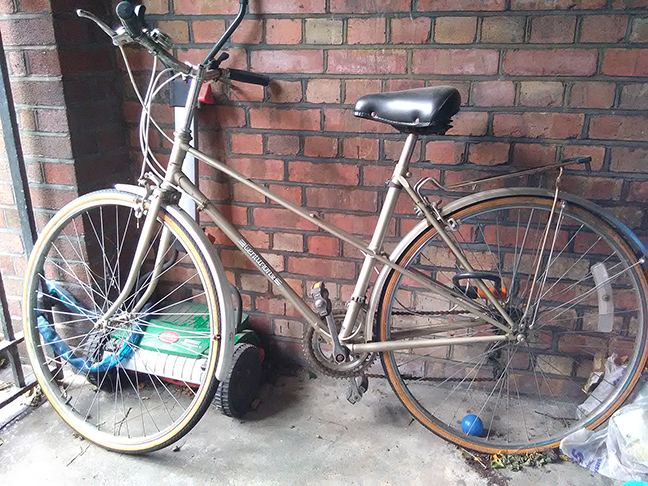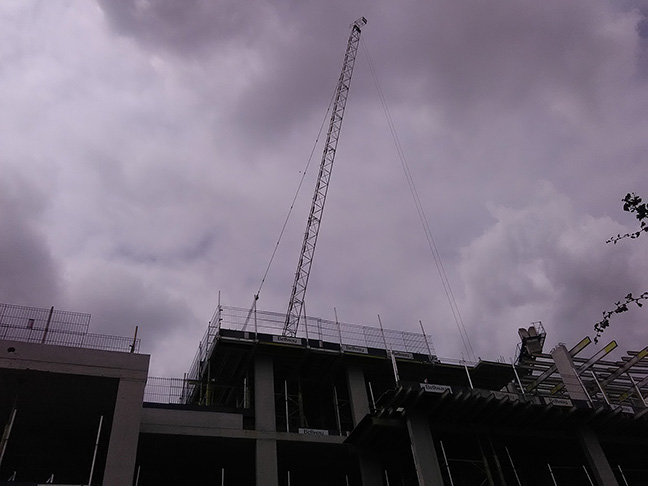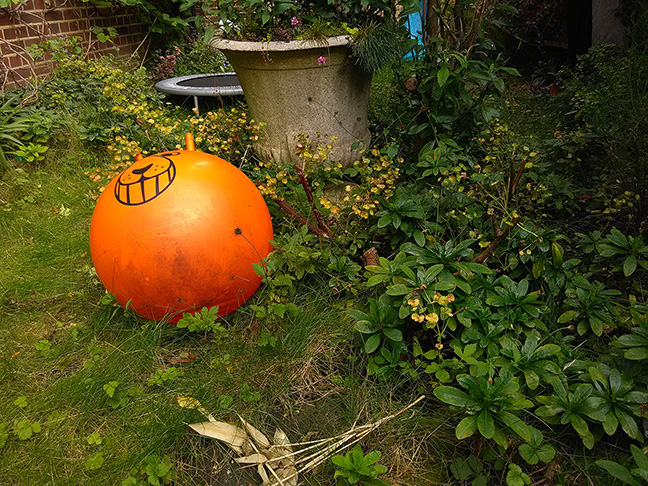This article is more than 1 year old
Obi Worldphone MV1: It's striking, it's solid. Aaaand... we've run out of nice things to say
Sculley-backed Cyanogen contender falls short
Review Oh, Obi. With your striking Nordic vibe, and Cyanogen OS, we did so want to like you.
San Francisco newcomer Obi has released its first Western phone into the UK, and it’s is an expression of what the startup is all about: making budget Androids that don’t look budget at all.
Designed by Beats headphone and Apple industrial designer Robert Brunner, the Obi Worldphone MV1 looks like nothing else on the market, with its distinctive 5-inch diagonal “floating” display. It’s rock solid too, and a removable back cover allows you to replace the large 2500mAh battery. To further distinguish it from thousands of clone-a-likes, it runs Cyanogen OS.
The plus points here are the design and construction, which I think ex-Apple CEO John Sculley's firm has really nailed. The MV1 has got the quality of an old unibody Nokia Lumia, with no creaking or flexing. The display is raised slightly, giving the phone its distinctive look. It isn’t the lightest phone at 149g for a 5-incher, but feels great.
But that’s about the extent of the positives. Yes, the MV1 looks freakily cool and in a world of generic rectangular slabs that’s welcome. What I found, however, is that that the phone’s combination of Qualcomm Snapdragon 212 and Cyanogen Mod gave a sticky-feeling performance. It’s a quadcore 1.3Ghz chip, but not one of Qualcomm’s best. It’s inside the Lumia 650, and owners report similar performance hiccups there.
Perhaps an update would optimise things. But I’ve had the MV1 for some weeks, and there’s still no sign of a CM update. Much of the time you can put up with the odd lag or stickiness. Then there’s the bugs. CM’s camera would get stuck in the wrong aspect ratio, or crash.
Being Android it does get through the work – I wouldn’t compare it to the Landfill-era devices of two or three years ago, when you could practically see the phone draw the rectangles on the display. But it is a let-down considering what that money buys you now. (It’s listed at £119 on Amazon UK, where it’s out of stock).
It’s also got me wondering whether CyanogenOS is running out of road. When One Plus put the AOSP Android variant in its debut flagship in 2014 it was a breath of fresh air – offering more customisation and style than stock Android, and a huge relief after heavy bloated OEM skins. The promise of an Android variant was enough to attract investment and interest from the industry’s big guns. But on this budget device, CM seems to add little excepting a lot of uncertainty – you never know what’s going to crash next.
The skin is standard with a fixed, unremovable Google bar. The app drawer displays the apps alphabetically, tying them to one-line-per-letter, which by my calculation makes four screens to scroll through, rather than two. In terms of added value, Obi bundles the excellent Swiftkey keyboard, Trucaller call blocker, and you get the AudioFX audio mixer and CM’s camera app. But that’s pretty much it. What Obi ambitiously calls the “Lifespeed UI” begins and ends with a custom lockscreen.
The camera didn’t perform at all well in low light, harking back to the gloomy, noisy indoor snaps of a few years ago. It’s 8MP, all the humble 212 can handle. Outdoors it struggled badly with balancing the exposure – see the bike pic in particular – and tended to overexposure images. The flower came out surprisingly well, considering.
Camera Samples
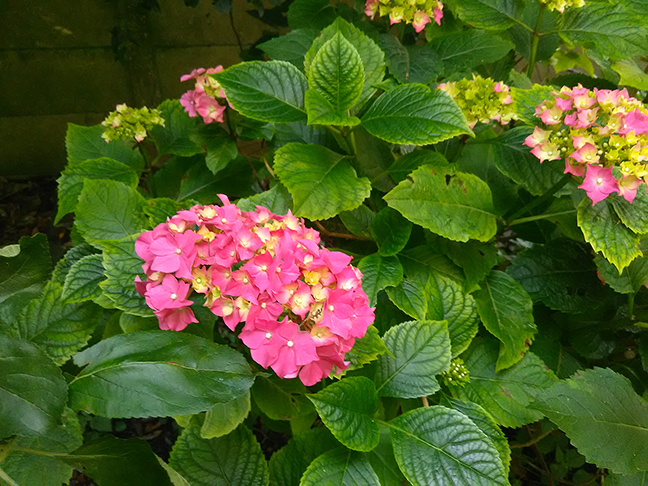
Conclusion
Although the display is Gorilla Glass and is supposed to have an oleophobic coating, it retained smudges much like a phone with no coating, which really impaired legibility outdoors. The 720x1280 display is pretty good otherwise.
Obi tells me it is “not necessarily tied to [Cyanogen]”, but the would-be platform Cyanogen needs to shape up if it has much of a future on budget Android. First-time buyers might put up with bugs but developed markets are more discerning. I’d like to see the great industrial design here allied to something more worthy on the inside – with a bit more oomph. ®
Product specifications
Chipset: Snapdragon 212
Display: 5inch 720x1280 (pixel density 294ppi)
Dual micro SIM
Internal Memory: 16GB (11GB free),
External memory: MicroSD cards up to 64GB
Dimensions: 145.6mm x 72.6mm x 8.95mm
Weight: 149g
OS: Android Lollipop 5.1.1 / Cyanogen OS 12.1.1
